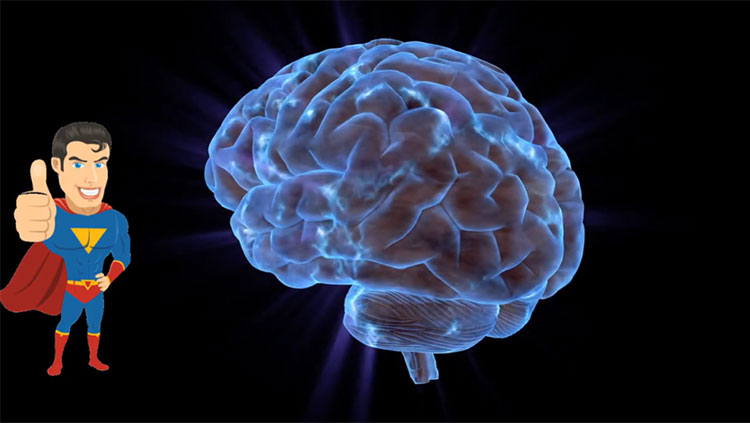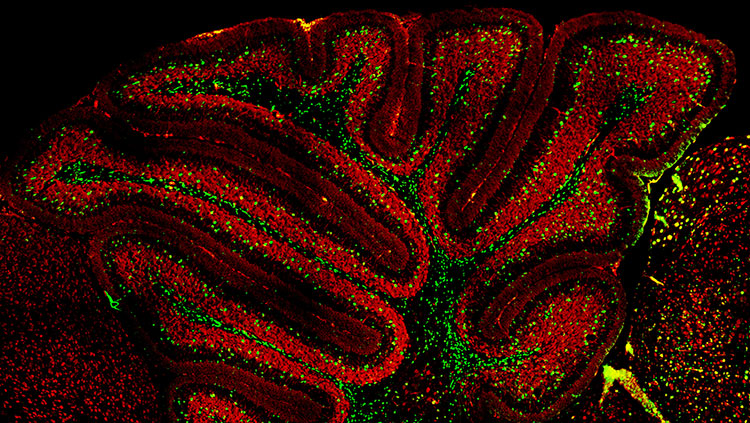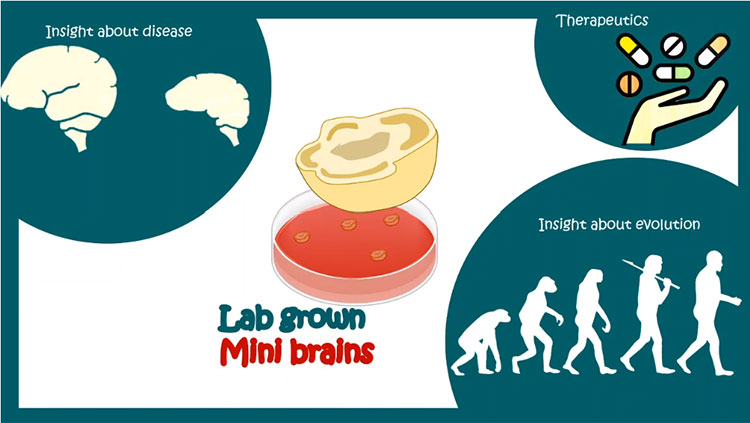Your Magnificent Plastic Brain
- Published1 Oct 2021
- Source BrainFacts/SfN
Your brain has a remarkable capacity to rewire itself. Until recently, scientists thought we lost this ability, called neuroplasticity, after childhood. But now we know that, for better or worse, everything you experience changes your brain.
This is a video placed third in the 2021 Brain Awareness Video Contest.
Created by Pamela Karasmilova
CONTENT PROVIDED BY
BrainFacts/SfN
Transcript
By the time you finish watching this video, your brain will not be the same. And that is one of the most magnificent recent discoveries in the field of neuroscience.
Not so long ago, scientists believed that brain development stopped after childhood and that the adult brain was structurally hard-wired and fixed. Recent studies, however, demonstrate this to be completely false. In fact, the mature brain has the remarkable capacity to change throughout life. We call this ability brain plasticity or neuroplasticity. Neuro refers to neurons — the building cells of the brain and nervous system responsible for carrying information throughout the body — and plasticity refers to the brain’s malleability and its capacity to adapt.
Rewiring the brain is neuroplasticity in action, but how exactly does it work? At the most basic level, neuroplasticity starts with neurogenesis, or the creation of new neurons. Then, each neuron develops new connections to other neurons. The nerve cells communicate by sending electrochemical signals through a space between them, also known as synapses. Every time we think, feel, or do something, the synaptic connections are stimulated. The nerve connections grow stronger and more efficient as they fire more often. This phenomenon is described by the phrase, “neurons that fire together wire together.” However, the opposite also holds true: synapses that are not used are weakened or eliminated.
The process of neuroplasticity continues throughout all life stages due to the brain’s ability to change both functionally and structurally. The first type of neuroplasticity, functional plasticity, compensates for brain damage. If a particular region of the brain is injured, other brain areas can adapt and take over the functions of the damaged part. Imagine the major pathways of the nervous system as freeways. If there is an accident due to brain damage, you can either sit in traffic or find another road. Functional neuroplasticity is similar to your brain taking the back road, an ability that is crucial for treating strokes, birth abnormalities, depression, and other injuries.
The second type, structural plasticity, involves the brain changing its physical structure as a result of learning. Imagine creating a path through tall grass. If no one has previously walked through the grass, there will be no path. However, with each walk, the grass gets stomped and a visible path begins to appear. If the path is walked repeatedly, it becomes very obvious and easy to follow. This means that the more you practice and repeat something consistently, the more your brain “walks” the same path, and the stronger the neural connections become.
So why is this so revolutionary? The bottom line is that our brains can change. Understanding how brain plasticity works can help us rewire our brains. Your plastic brain is constantly being shaped by your experiences and the world around you. For better or for worse, everything that you do is changing your brain. With repeated and direct attention, you have the ability to guide this change in whatever direction you desire. So after you finish this video, I hope that you take charge and build the brain that you want.
Also In Brain Development
Trending
Popular articles on BrainFacts.org

















